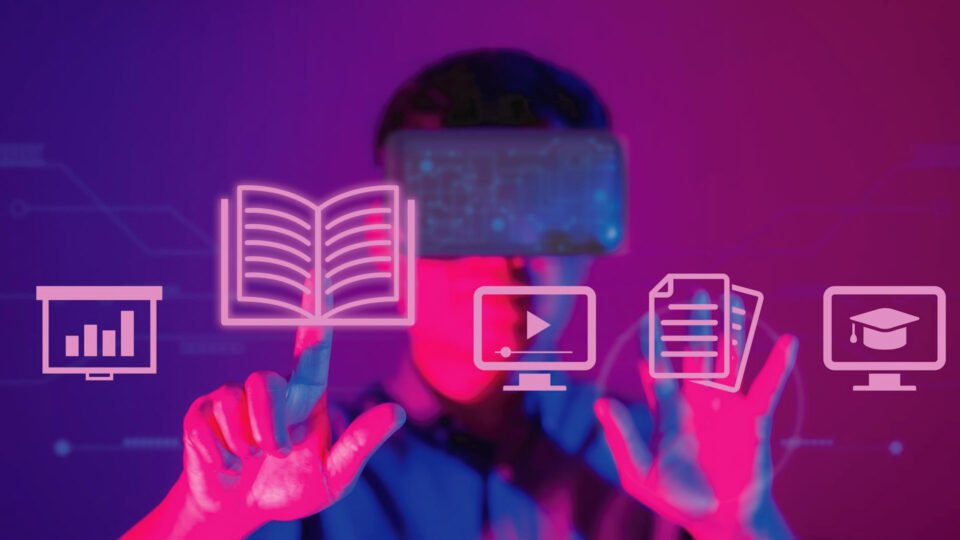Beyond engagement—how do we measure the true impact of AR/VR in education? Let’s decode the future of immersive learning.
Do current learning techniques possess adequate capability to incorporate augmented reality and virtual reality technologies (AR/VR)? Immersive technology developments currently challenge basic learning systems by transforming learners from viewers to interactive practitioners. The genuine level of our readiness for this disruptive change remains uncertain despite indications we have reached only minimal progress toward potential realization.
Table of Contents:
1. Beyond Engagement – Measuring Real Learning
2. Reinventing Teaching Strategies
3. Bridging the Digital Divide or Deepening It?
1. Beyond Engagement – Measuring Real Learning
Educational technologists frequently promote student-teacher interactions but fail to prove these approaches produce superior knowledge acquisition and recall. When utilizing augmented reality and virtual reality to develop interesting educational content we face difficulties measuring their lasting influence on student achievement. Educational assessment techniques commonly fail to measure complete experiential learning depth because they rely solely on engagement analytics for success metrics. Without concrete measurement methods, educational advancements cannot be qualified
2. Reinventing Teaching Strategies
Does AR/VR serve as an educational extension for traditional classroom learning or does it offer alternative comprehensive opportunities? The implementation of immersive technologies demands pedagogical transformations which convert teachers from knowledge distributors to experience managers. The full exploitation of AR/VR requires curriculum revisions for blended theoretical learning and digital practical experience integration. Education institutions need to decide whether they can afford these extreme changes.
3. Bridging the Digital Divide or Deepening It?
The learning benefits from AR/VR technology stand unmatched yet barriers to accessibility continue to be critical. The high implementation expenses together with infrastructure needs run the risk of introducing digital gaps that benefit prosperous educational institutions more than deprived communities. Can this immersive educational approach function as an equalizer across society or will it run as an exclusive benefit only for a privileged few? Adopting meaningful implementation depends on solving these inequalities.
Moving Beyond the Hype
Mainstream adoption of AR and VR depends on stakeholders moving past spectacular claims while directing their efforts toward real-world implementations. The integration of these technologies requires established frameworks from policymakers together with educators who use a purpose-driven approach for implementation. The society continues its pursuit of innovative changes while missing the fundamental guidelines that ensure transformative value creation.
The uncertain path towards meaningful AR/VR pedagogical integration depends on solving these fundamental questions.
Discover the latest trends and insights—explore the Business Insights Journal for up-to-date strategies and industry breakthroughs!

